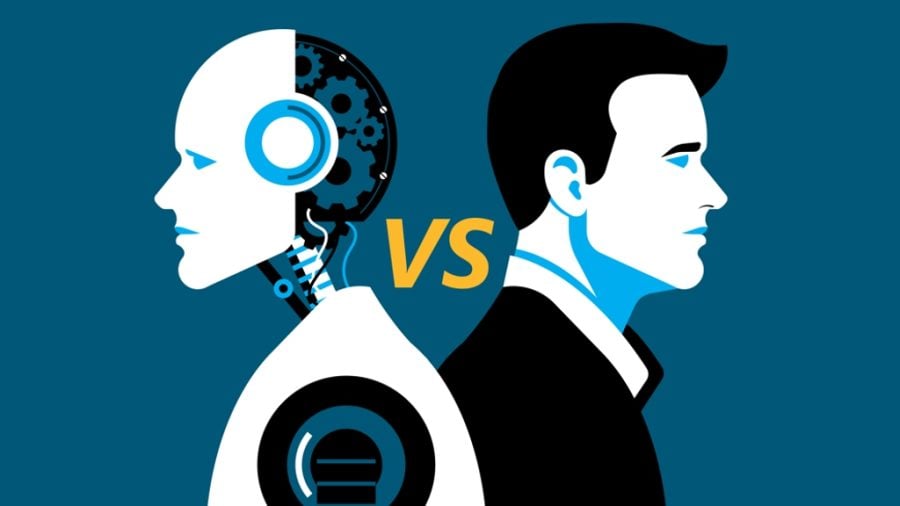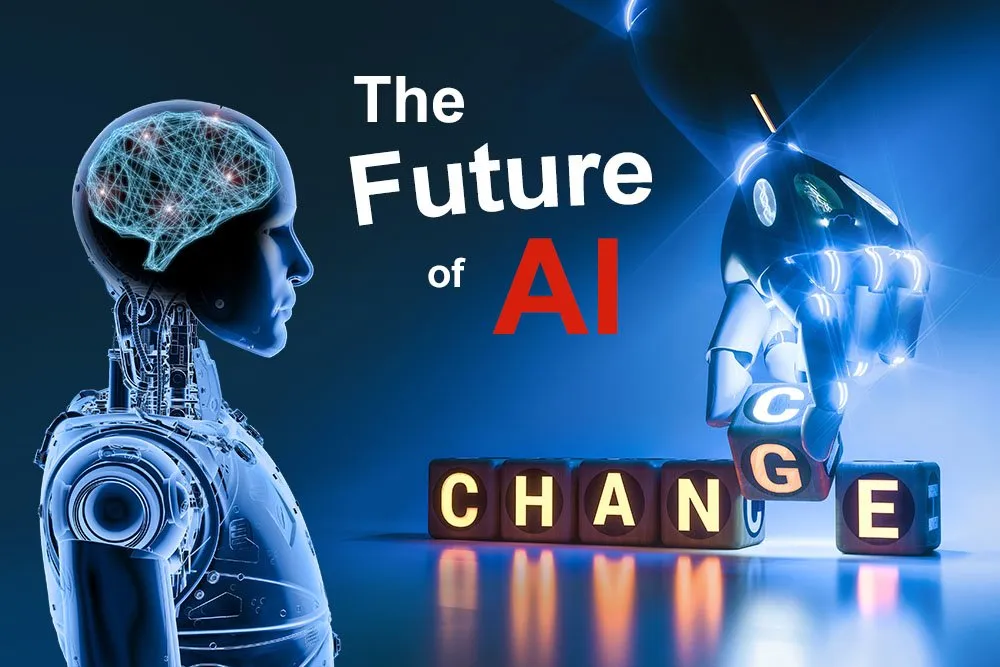The rise of artificial intelligence (AI) has revolutionized multiple industries, from healthcare to finance. However, one of the most debated topics today is the use of AI-generated blueprints in engineering, architecture, and manufacturing. While AI offers speed and efficiency, concerns about accuracy, ethics, and intellectual property have sparked significant controversy.
This article explores the key issues surrounding AI-generated blueprints, their benefits, risks, and the future of AI in design and engineering.
What Are AI-Generated Blueprints?
AI-generated blueprints are design plans created using artificial intelligence algorithms. These algorithms analyze vast datasets of existing designs, materials, and structural requirements to produce optimized blueprints for buildings, machinery, or products.
How AI Creates Blueprints
A. Data Input – AI systems require large datasets of architectural and engineering designs.
B. Pattern Recognition – Machine learning identifies common design principles and structural requirements.
C. Optimization – AI refines designs for efficiency, cost, and performance.
D. Output Generation – The system produces a finalized blueprint ready for review.
The Benefits of AI-Generated Blueprints
1. Speed and Efficiency
AI can generate complex blueprints in minutes, drastically reducing the time required compared to manual drafting.
2. Cost Reduction
By minimizing human labor and optimizing material usage, AI helps lower production costs.
3. Enhanced Precision
AI eliminates human error, ensuring higher accuracy in measurements and structural integrity.
4. Innovation in Design
AI can combine unconventional design elements, leading to groundbreaking architectural solutions.
The Controversy Surrounding AI Blueprints
Despite the advantages, AI-generated blueprints face criticism and legal challenges.
A. Accuracy and Reliability Concerns
-
AI may overlook real-world constraints not present in training data.
-
Structural flaws could arise if the AI misinterprets design requirements.
B. Ethical and Legal Issues
-
Intellectual Property – Who owns the rights to AI-generated designs?
-
Accountability – If a design fails, is the AI developer, engineer, or company liable?
C. Job Displacement Fears
-
Architects and engineers worry about AI replacing human roles in design processes.
D. Bias in AI Training Data
-
If datasets lack diversity, AI may produce biased or non-inclusive designs.
Case Studies: AI Blueprints in Real-World Applications
1. AI in Architecture
Firms like Zaha Hadid Architects use AI to generate futuristic building designs, pushing the boundaries of modern architecture.
2. Manufacturing and Product Design
Companies like Tesla employ AI to optimize vehicle part blueprints for better performance and sustainability.
3. Controversial Failures
-
An AI-generated bridge design in Amsterdam was rejected due to safety concerns.
-
A housing project in Japan faced delays after AI-produced plans failed compliance checks.
The Future of AI in Blueprint Generation
A. Improved AI Training Models
Future AI systems will incorporate real-world feedback to enhance accuracy.
B. Hybrid Human-AI Collaboration
Instead of replacing humans, AI will assist engineers in refining designs.
C. Regulatory Frameworks
Governments may introduce laws to standardize AI-generated blueprints and assign liability.
D. Ethical AI Development
Ensuring unbiased datasets and transparent AI processes will be crucial.
Conclusion
AI-generated blueprints offer immense potential but come with significant challenges. Balancing innovation with safety, ethics, and legal accountability will determine their long-term success. As AI evolves, collaboration between humans and machines will be key to harnessing its full potential.













